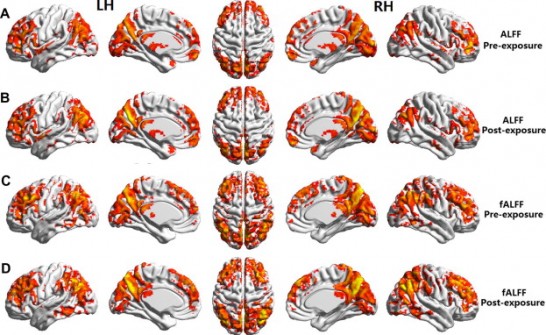Nieuwe studie: hypothese over de meetbaarheid van elektrogevoeligheid
- Gegevens
- Gepubliceerd: vrijdag 15 november 2013 09:47
 PubMed - "Electromagnetic hypersensitivity (EHS) is an ill-defined term to describe the fact that people who experience health symptoms in the vicinity of electromagnetic fields (EMFs) regard them as causal for their complaints. Up to now most scientists assume a psychological cause for the suffering of electromagnetic hypersensitive individuals. This paper addresses reasons why most provocation studies could not find any association between EMF exposure and EHS and presents a hypothesis on diagnosis and differentiation of this condition. Simultaneous recordings of heart rate variability, microcirculation and electric skin potentials are used for classification of EHS. Thus, it could be possible to distinguish "genuine" electromagnetic hypersensitive individuals from those who suffer from other conditions."
PubMed - "Electromagnetic hypersensitivity (EHS) is an ill-defined term to describe the fact that people who experience health symptoms in the vicinity of electromagnetic fields (EMFs) regard them as causal for their complaints. Up to now most scientists assume a psychological cause for the suffering of electromagnetic hypersensitive individuals. This paper addresses reasons why most provocation studies could not find any association between EMF exposure and EHS and presents a hypothesis on diagnosis and differentiation of this condition. Simultaneous recordings of heart rate variability, microcirculation and electric skin potentials are used for classification of EHS. Thus, it could be possible to distinguish "genuine" electromagnetic hypersensitive individuals from those who suffer from other conditions."
Dr. Lebrecht Von Klitzing


 stuff.co.nz
stuff.co.nz Een van de eerste studies naar de effecten ten gevolge van een korte blootstelling aan Long Term Evolution (LTE), de vierde generatie mobiele technologie (4G), werd recent online
Een van de eerste studies naar de effecten ten gevolge van een korte blootstelling aan Long Term Evolution (LTE), de vierde generatie mobiele technologie (4G), werd recent online